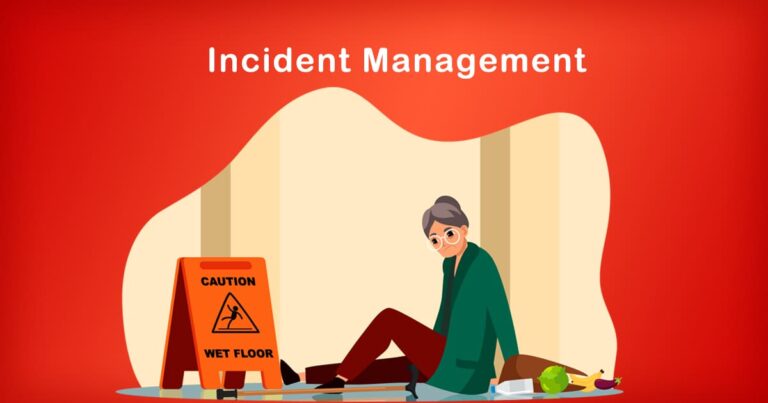Introduction
Work order management is a critical function for any organization that manages maintenance or repair work. In India, with its vast population and diverse industries, work order management is especially important to keep facilities running smoothly and to minimize downtime. Effective work order management requires the coordination of various stakeholders, including maintenance personnel, vendors, and other stakeholders.
In this article, we will discuss the best practices for work order management in India. We will also provide some research and facts to support our recommendations.
1. Implement a Work Order Management System
The first step in effective work order management is to implement a work order management system. This system should allow maintenance personnel to create, assign, and track work orders. It should also provide real-time updates on the status of work orders and allow stakeholders to communicate with each other.
Research shows that organizations that use a work order management system are more efficient and have lower maintenance costs compared to those that use manual systems. In India, a study by the Confederation of Indian Industry (CII) found that implementing a computerized maintenance management system (CMMS) reduced maintenance costs by up to 15%.
2. Prioritize Work Orders
Not all work orders are created equal. Some work orders are more critical than others and require immediate attention. It is essential to prioritize work orders based on their impact on operations and safety.
For example, a work order that involves repairing a critical piece of equipment that affects production should be given top priority. On the other hand, a work order that involves painting the walls can be scheduled for a later date.
Prioritizing work orders ensures that resources are allocated efficiently and reduces downtime.
3. Establish Clear Communication Channels
Clear communication channels are essential for effective work order management. Maintenance personnel, vendors, and other stakeholders should be able to communicate with each other easily and quickly.
In India, with its diverse workforce and multiple languages, communication can be a challenge. Therefore, it is essential to establish clear communication channels, including phone, email, and messaging apps.
4. Document Work Orders
Documenting work orders is critical to track maintenance history and identify recurring issues. Maintenance personnel should document all work orders, including the work done, parts used, and any other relevant information.
In India, a study by the National Productivity Council found that documentation of maintenance activities reduced downtime by up to 25%.
5. Perform Regular Maintenance
Regular maintenance is critical to prevent equipment breakdowns and minimize downtime. Maintenance personnel should perform preventive maintenance on a regular basis, including cleaning, lubricating, and replacing parts as needed.
In India, a study by the Indian Institute of Technology (IIT) found that regular maintenance reduced downtime by up to 30%.
Conclusion
In conclusion, effective work order management is critical for any organization that manages maintenance or repair work. In India, with its diverse industries and workforce, implementing best practices in work order management can lead to increased efficiency, reduced maintenance costs, and minimized downtime.
Implementing a work order management system, prioritizing work orders, establishing clear communication channels, documenting work orders, and performing regular maintenance are all essential components of effective work order management.








